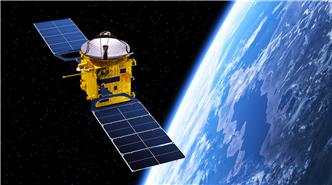The issue
To tackle this issue, SES Water turned to SUEZ and technology partner ASTERRA to employ the cutting-edge and proven satellite leak detection technology
The solution
The result
From over 1,000 km of pipes analysed, 211 likely leak locations were identified. A total of 219 leaks were confirmed through 59 days of field inspection. This equated to 3.7 leaks per crew day and 2.2 leaks per kilometre inspected. The inspection team reported 171 leaks and customers reported 44 leaks. A breakdown of the leak subtypes is shown in the table below:
| SES RESULTS BY LEAK TYPE | ||||
|
Mains |
Distribution |
Customer-Side |
Work order | Other |
|
21 |
121 | 29 | 44 | 4 |
Notably, 94% of the leaks found were non-surfacing, highlighting the effectiveness of satellite leak detection in identifying concealed leaks.
SES Water reported a volumetric saving of 0.9 megalitres per day and identification of 1.1 leaks per POI, which helped the company achieve their 15% leakage reduction target through this AMP period.
Overall, the satellite leak detection project provided significant value by enabling SES Water to identify and address leaks efficiently, contributing to their efforts in reducing water wastage and improve operational efficiency. In the long run, these improvements will help reduce costs and leakage breakout by identifying leaks before they cause major issues.
219
confirmed during 59 days of field inspection

SES Water - Case study



